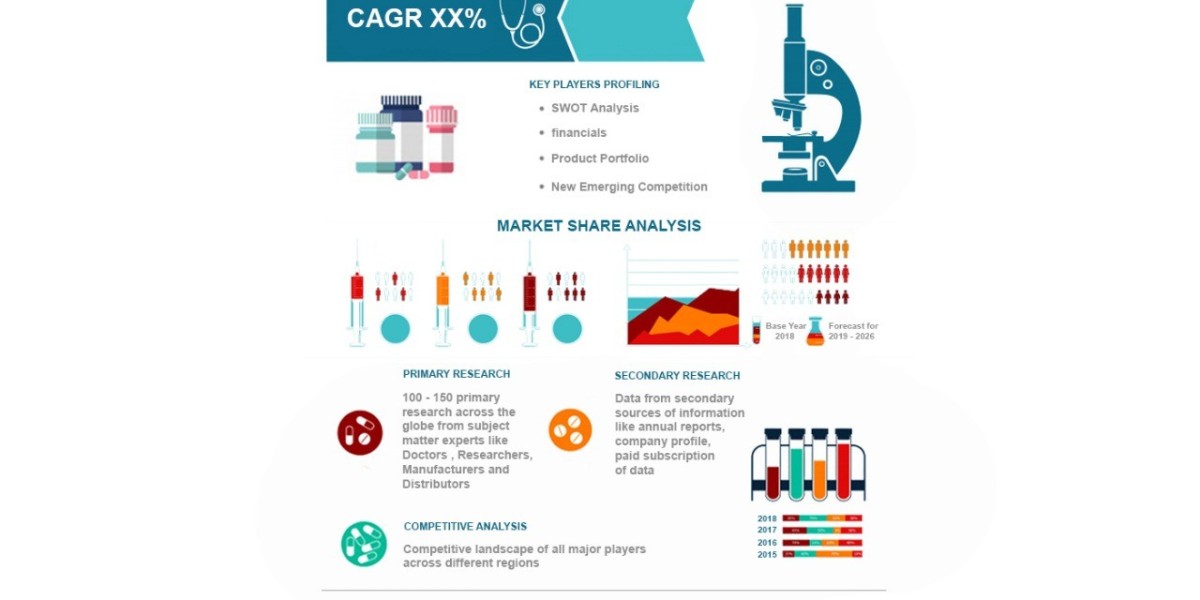Introduction
Ustekinumab, a monoclonal antibody targeting interleukin-12 (IL-12) and interleukin-23 (IL-23), has transformed the landscape of autoimmune disease treatment. Primarily used for psoriasis, psoriatic arthritis, and Crohn’s disease, Ustekinumab’s expanding applications are fueling significant growth in its market. The increasing prevalence of chronic inflammatory diseases and the demand for biologic therapies are key drivers shaping the Ustekinumab market.
The Role of Ustekinumab in Autoimmune Disease Management
Autoimmune conditions arise when the immune system mistakenly attacks the body’s own tissues, leading to chronic inflammation. Ustekinumab helps modulate immune responses, reducing inflammation, skin lesions, and gastrointestinal damage.
Key Approved Uses:
Plaque Psoriasis: Reduces red, scaly skin patches by suppressing inflammatory cytokines.
Psoriatic Arthritis (PsA): Controls joint inflammation, stiffness, and pain.
Crohn’s Disease & Ulcerative Colitis: Improves intestinal inflammation, diarrhea, and abdominal pain.
Market Growth Drivers
The Ustekinumab market is experiencing robust growth due to several influential factors:
1. Rising Prevalence of Autoimmune Disorders
Psoriasis affects over 125 million people worldwide, while Crohn’s disease and ulcerative colitis impact millions globally.
The increasing incidence of inflammatory bowel diseases (IBD), particularly in North America and Europe, is driving higher Ustekinumab adoption.
2. Shift Toward Biologic Therapies
Traditional treatments like methotrexate and corticosteroids have significant side effects, leading to a preference for biologic agents.
Ustekinumab offers longer-lasting remission with fewer adverse effects compared to older immunosuppressants.
3. Expanding Indications and Research
Clinical trials are investigating Ustekinumab’s potential for multiple sclerosis, lupus, and hidradenitis suppurativa.
Positive outcomes in combination therapies may expand its market presence.
Challenges and Restraints
Despite its success, the Ustekinumab market faces several hurdles:
1. High Treatment Costs
The average annual cost of Ustekinumab therapy exceeds $50,000, limiting affordability in low-income regions.
Biosimilar development could drive prices down but remains a future challenge.
2. Patent Expiry and Biosimilar Competition
Ustekinumab’s patent exclusivity is expected to expire in the coming years, paving the way for biosimilar competition.
Companies like Amgen, Celltrion, and Biocon are working on biosimilar versions.
Regional Market Trends
North America dominates due to high autoimmune disease prevalence, strong R&D investment, and insurance coverage.
Europe is expanding with government-backed healthcare initiatives and biosimilar adoption.
Asia-Pacific is witnessing rapid market growth as access to biologics improves.
Future Market Outlook
The introduction of biosimilars will make Ustekinumab more accessible and affordable.
AI-driven personalized medicine will enhance treatment effectiveness and reduce side effects.
New drug formulations like oral biologics and extended-release injections are in development.
Conclusion
The Ustekinumab market is growing steadily, driven by increased autoimmune disease cases, biologic therapy advancements, and expanding treatment indications. As biosimilars enter the market and new research unfolds, the landscape of autoimmune disease management will continue to evolve.









